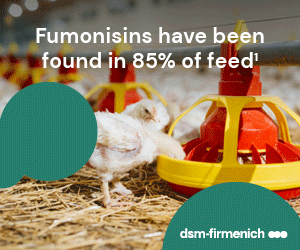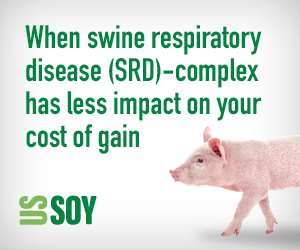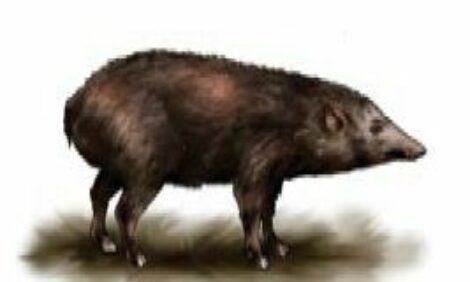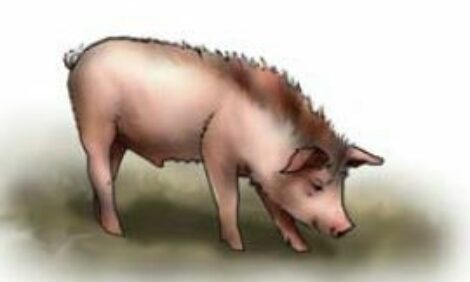



Kunekune
The delightful Kunekune developed into its present form in New Zealand, although the breed is almost certainly of Asian origin. During most of the period these pigs have been in New Zealand they were kept almost solely by Maori communities, and were to a large extent unknown by Europeans. (It is quite certain, however, that they were not in this country prior to the arrival of Europeans and they were probably introduced very early in the European period by whalers or traders.)
A combined excursion in the late 1970s, by the Willowbank Wildlife Reserve and the Staglands Wildlife Reserve, led to 18 animals being collected (nine were purebred or so close to it that it didn’t matter) and forming the basis of a captive breeding programme.
Now widely spread throughout New Zealand, with an active society registering them, most of the Kunekune pigs found in New Zealand today are descended from that original 18. Kunekunes have also been exported to the United Kingdom, the United States, and as far as the European Continent.
They are relatively small and highly distinctive, characterized physically by a short-legged, dumpy build, pot tummy, short upturned nose, and a generally fat, rounded appearance. (The Polynesian word ‘kunekune’ simply means ‘plump’.) A unique feature is the ‘tassels’ which hang from the lower jaw.
Kunekunes come in a wide range of colours and are delightfully placid animals, easy to maintain, with little propensity to damage pasture.
This information is supplied by the Rare Breeds Conservation Society of New Zealand.
















